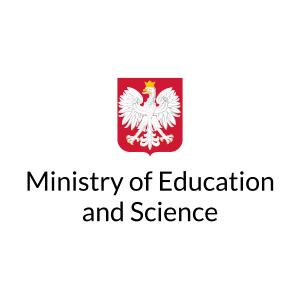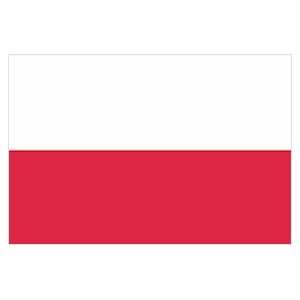The 3D CEMBS-PolSea hydrodynamic model of the southern Baltic was developed and tested as part of the CSI-POM project. This model determines the spatiotemporal distributions of parameters such as temperature, salinity, currents and sea level. It will allow to investigate the structure, dynamics and variability of physical processes in the marine environment of the studied area. The model is based on the source code of the Parallel Ocean Program (POP) model. The ecosystem model of the Baltic Sea 3D CEMBS was also developed on the basis of this code.
Data from the operational model 3D CEMBS (www.cembs.pl), will be used to determine the boundary conditions at the water-water interface in the 3D CEMBS-PolSea model. Meteorological data will be obtained from the atmospheric model UM ICM (University of Warsaw). Additionally, the 3D CEMBS-PolSea model will use real-time information from IMGW about the inflow of fresh water from rivers that have their outlets in the studied region through an automatically operating module developed as part of this project. The high-resolution 3D CEMBS-PolSea model, developed as part of the project, will have a horizontal resolution of 1/192 degrees, which corresponds to approximately 575 m. In the vertical aspect, it will be divided into 66 levels with a thickness from 5 to 83 meters. The model will also have a satellite data assimilation module for surface sea temperature.
The novelty of this project will be the development of new tools for studying the structures, dynamics and variability of physical processes in the southern Baltic Sea: i) determining the thermocline, halocline and pycnocline for the entire model domain, ii) spatiotemporal analysis of the structure of the water column for the tested parameters, i.e. temperature , salinity and currents; iii) automatic detection of sea eddies; iv) testing the inertia of water masses with forecasted wind forces, v) automatic detection of rising current - edge upwelling.
The integration of knowledge with a comprehensive suite of tools including mathematical methods (such as numerical modeling) will result in predictions of hydrodynamic parameters and physical processes that define the strongly stratified waters of the Polish Baltic Sea areas. The developed model will allow tracking of hydrodynamic conditions, greatly facilitating the prediction of risks (such as detection of sea eddies and upwelling) and economic activities (such as offshore renewable energy, transportation and logistics activity) in Polish maritime areas.
An integral part of the Digital Information System for the environment of Polish Baltic Sea areas will be the visualization of results and their accessibility to the public. The CSI-POM system developed under this project will allow the creation of maps and spatiotemporal and point characteristics for the studied parameters and processes. These results will be presented on a real-time online portal and in the form of forecasts for the next two days. They will inform about the current state of the environment and the possibility of threats in open sea and in the Polish coastal zone. Scientists, society and the state are also required to protect the natural environment of the Baltic Sea, and to comply with relevant international conventions and legal regulations such as the Water Framework Directive, the EU Maritime Strategy Framework Directive, the European Earth monitoring program GMES Global Monitoring for Environment and Security and others.
The services will be available in January 2024.





The project is funded by the Ministry of Education and Science under "Science for Society"